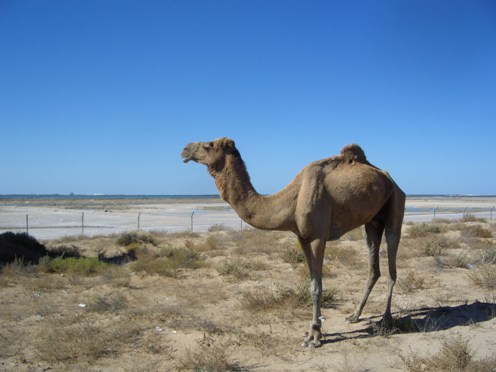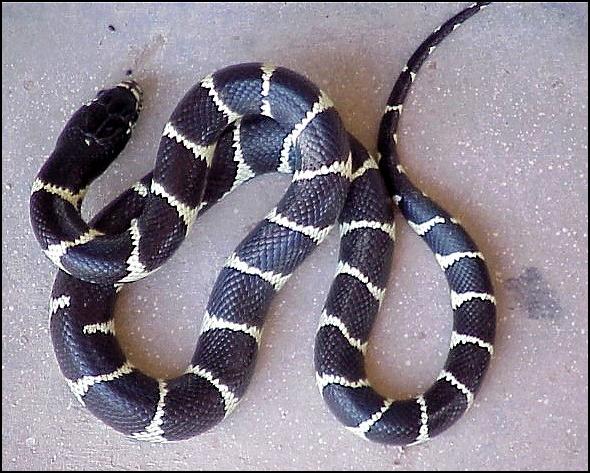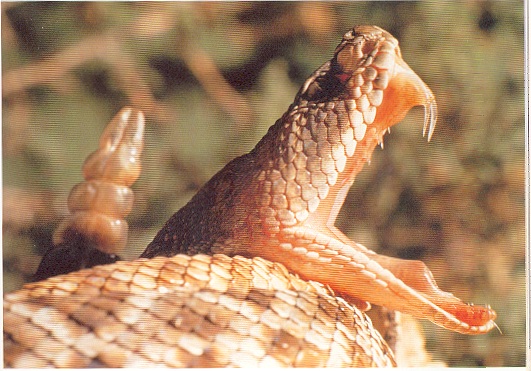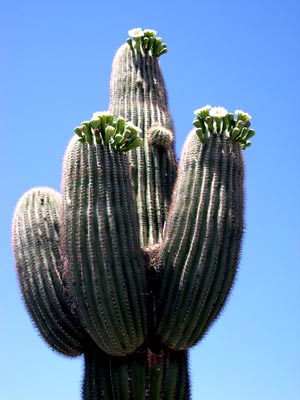




INTRODUCTION
This site will tell you about the following:
- Climate
- Plants
- Animals

CLIMATE
CLIMATE
The desert's climate is very hot and dry. Not many plants and animals can survive, but the ones that do are adapted to the torturous climate. As if the heat were not enough, at night it cools down to very cold temperatures. Deserts are usually located in areas near the equator. Most are just barren land with sand that strecthes for miles. The climate controls for this region are latitude because they are positioned near the equator. Another control is land & water because land heats up and cools down much faster than water making the climate more extreme.
There is a shortage of precipitation in the desert receiving less than 25 centimeters a year, receiving the least rain in the spring & summer. Although August is one of the months that receives the most rain with up to 1.3 centimeters of rain. The months of December to March is the time period when the desert receives the most precipitation. In May and June it does not receive any precipitation at all.
The temperatures for the desert fluctuate from day to night. The temperatures get so hot that they sometimes cause you to hallucinate. During winter the temperatures are lower than usual, in spring and summer it gets hotter, and in the fall it cools down a bit. The temperature controls are heating of the land because land heats faster than water, and geographic location because they are usually located by the equator.
PLANTS
In the desert you will find many plants. Those plants have adapted to the desert by holding in a lot of water for a long time. The most common desert plant is the cactus. Most people think of this plant when they think of the desert. There are other types of plants, such as peyote. It is a small plant that is really low to the ground. Indians used to smoke peyote to get a lot of ideas. (Ideas? yeah right.) Peyote is found in the Chihuahuan desert in North America. Another kind of plant is the fishhook cactus. It is really prickly and the needles are shaped just like the name, fishhook. Kind of clever, eh? It is found in the Sonoran desert. The hedgehog cactus is small and has really sharp needles. It doesn't have a lot of details, it is just a little prickly thing. I wouldn't step on it with no shoes on though. It is found in the great basin.
One tree that couldn't survive the desert would be the Juniper Tree. This treee sucks up about 50 gallons or water a day! Thats amazing isn't it?
ANIMALS
Animals in the desert must survive in a harsh environment. Intense heat, searing sun, and lack of water are just a few of the challenges facing desert animals.
Adaptations are numerous in the desert. Some animals rely on bird seeds for water (seeds can contain up to 50% water). Spadefoot toads spend nine months of every year underground. Many animals in the desert, such as a rettlesnake, kangaroo rat, and kit foxes, spend most of the day underground. These animals come out at night to eat and hunt. Creatures that come out at night to eat and hunt are called nocturnal.
The most common animal of the desert is the jackrabbit. The jackrabbit has the adaptation of large ears that radiate heat so it doesn't get to hot. It has strong hind legs that enable it to jump away from its predators. They usually eat small desert plants or whatever they can find on the desert floor.
The largest animal of the desert is the camel but not the largest animal in the world. Camels have the ability to store large amounts of water for a long time enabling it to survive in the harsh, dry desert. Camels are the main transportation of the desert dwellers. They have a transparent eyelid that keeps sand out of their eyes.
There are also many species of lizards in the desert. The largest of the lizards is the gila monster. They can reach sizes of up to three or four feet in length. Another lizard of the desert is the iguana. It is not as big as the gila monster, but is not really small. They are usually greenish or brownish in color. They eat small sized insects that stay low to the ground. Another of lizards in the desert is the thorny devil. The name pretty much gives away what they look like. They are small lizards that have thornlike spikes on their skin with one large hornlike thorn in the general vicinity of the nose.
Other desert inhabitants are the coyote. They are part of the dog family. Coyotes eat small rodents that inhabit the desert. They are smaller than the average domesticated dog.
There are many types of little rodents in the desert. The most common of them are the kangaroo mice. It looks much like the common house pest known to us as the mouse. The differences in appearence are the kangaroo mouse has a yellowish colored coat and has strong hind legs like those of a kangaroo. Thus hinting to its name, the kangaroo mouse. There are many more rodents but we do not have enough information to comment on each.
 
|